
It takes 42 gallons of red sauce to feed the crowd at the Sons of Italy’s weekly pasta dinner in Bellaire, Ohio. At 8:00 a.m. the day before, president Mike Dossie and vice president Robert Zatezalo are already at the lodge, cooking the sauce for Thursday night’s dinner. It’s a large job for just two guys, but for Bellaire’s Sons of Italy No. 754 “Uguaglianza” Lodge, it’s an important part of maintaining their cultural heritage.
“Our biggest challenge is what you’re facing everywhere, volunteers and getting young people to come in,” said Dossie. “You probably hear that a lot.”
Unfortunately, it is something you hear a lot in the Ohio Valley, particularly in regard to the area’s last remaining ethnic and cultural heritage clubs.
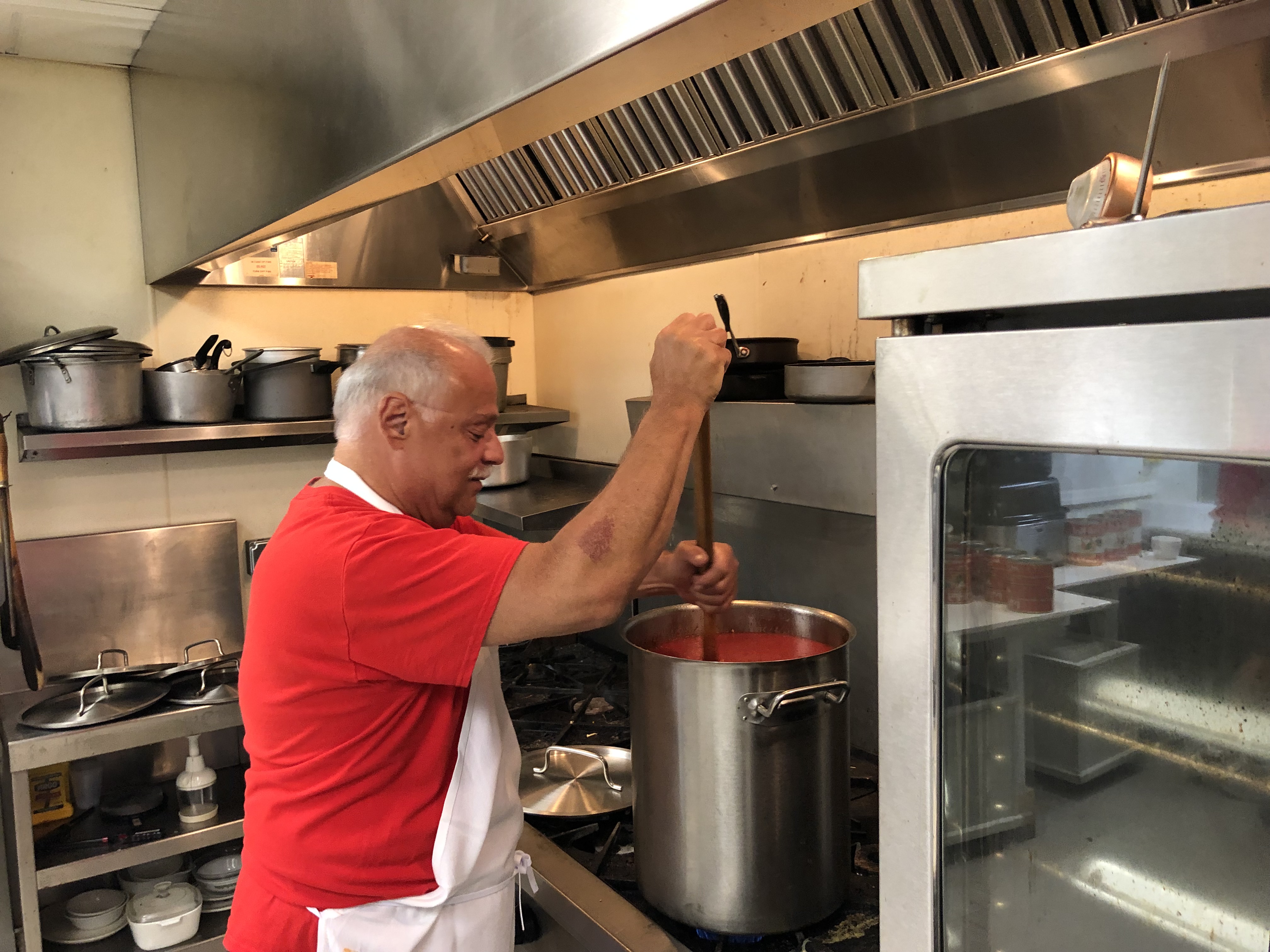
“Good help is hard to find,” said Ed Gorczyca of Wheeling’s Polish American Patriots (P.A.P.) Club. “We’ve got good trustees right now, but I used to maintain the books at our monthly meetings, and we’d have fifty of sixty people there. Now if we get 20, we’re lucky, and eleven of them are officers!”
The struggle to attract young people is hardly unique to ethnic clubs in the Valley. As Appalachia’s young people continue to face the “struggle to stay,” towns across the region suffer from not only brain drain, but a dearth of civic involvement. Just as fraternal lodges such as the Eagles or Moose fight to remain relevant, so too do the ethnic clubs such as the Sons of Italy and the P.A.P.
Gorczyca of the P.A.P. Club is a repatriated expatalachian himself, having left the Valley in the 1960s to work as a salesman for Wheeling’s Mail Pouch Tobacco company, famous for their painted advertisements across Appalachia’ barns. When he left, the southernmost tip of South Wheeling – from 43rd to 48th Streets – was a bustling neighborhood with over eleven bars, eight grocery stores, two drugstores and a theatre (affectionately called the Rat Hole). Nearly all of these neighborhood joints were owned, run and patronized by Polish immigrants or their children.
“It could have been Poland,” Gorczyca said in reference to his boyhood neighborhood. “My first confession and communion were in Polish. We went to the Polish school, we had a Polish church. We played ball at Pulaski field.”
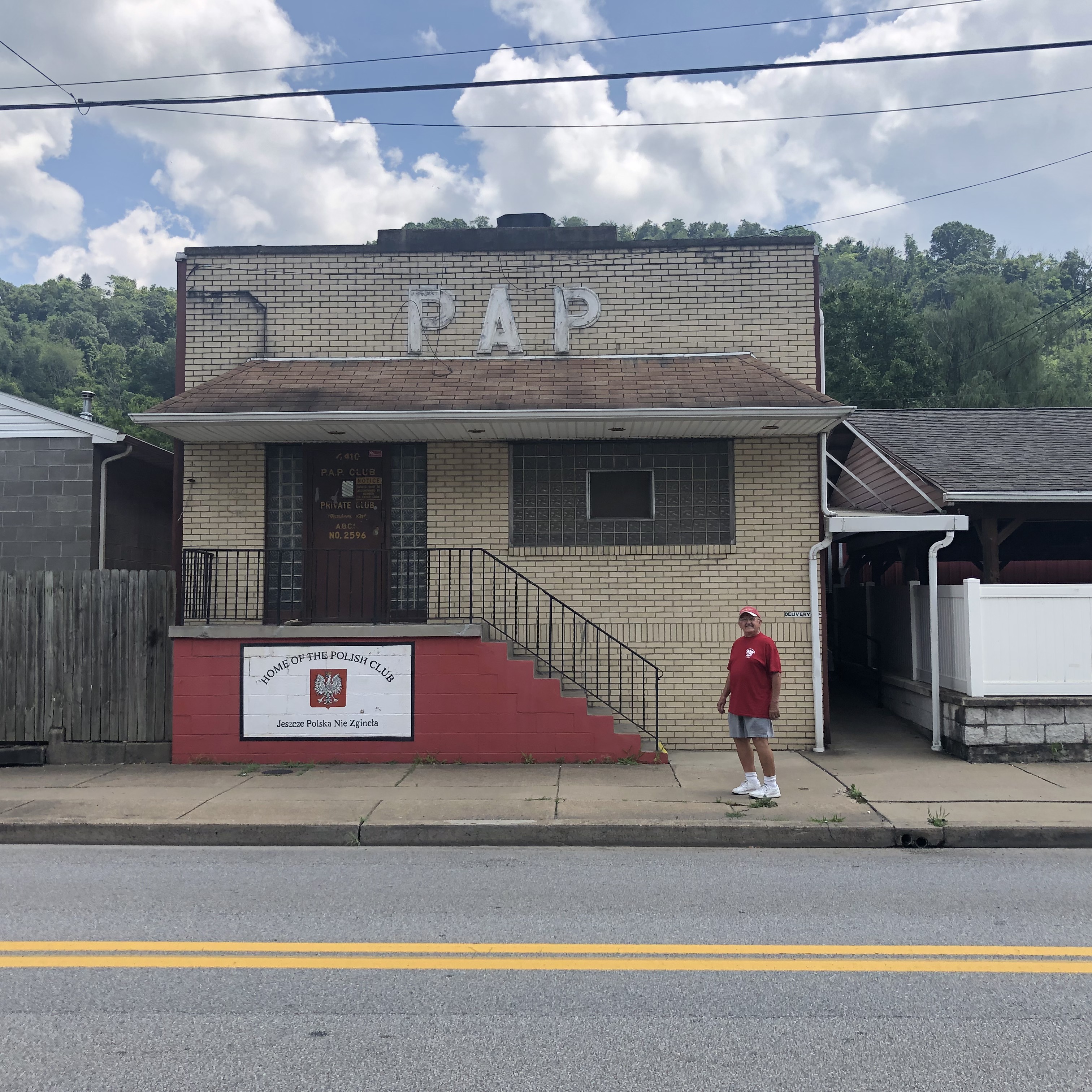
Like many Ohio Valley Communities, South Wheeling in the first half of the 20th century was a working-class neighborhood populated by newcomers who came during America’s second large wave of immigration. While earlier groups such as the Germans or Irish were well established in the Valley, the “new” immigrants – predominantly from eastern or southern Europe – were forced to settle in their own insular neighborhoods, often in the smoke-filled shadows of the mills and glassworks where they worked the lowest-paying and most dangerous jobs.
Out of the adversity they faced on the street and the factory floor, these groups rallied around their ethnic and religious identity, and numerous clubs sprang up in the industrial centers of the Valley. South Wheeling had the P.A.P, Benwood a division of the Irish-Catholic Ancient Order of Hibernians, Bellaire the Sons of Italy, and Weirton the Serbian National Federation, just to name a few. These clubs helped new immigrants gain citizenship and find a sense of community in their new home, and were often religiously affiliated.
“Many of these early clubs were at least loosely connected to the Catholic Church,” said Dr. Hal Gorby, Teaching Assistant Professor of History at West Virginia University. “Still today, and especially with the smaller groups within an ethnically-dominated neighborhood, the club may be part of a parish church.”
Gorby pointed to the Ukrainian community of South Wheeling as a prime example. Wedged between predominantly Irish and Polish areas to the north and south, respectively, the Ukrainians struggled to maintain their identity as a minority ethnic group. Despite celebrating liturgies in the tradition of the Byzantine Rite, the Ukrainians (erroneously referred to by Russians by many of their neighbors) worshiped at St. Ladislaus Polish parish of the Latin Rite until creating their own parish in 1911. Now the only Catholic church in South Wheeling, Our Lady of Perpetual Help Ukrainian Catholic Church continues to preserve their cultural heritage through the celebration of mass and sale of their popular hand-rolled pierogi.
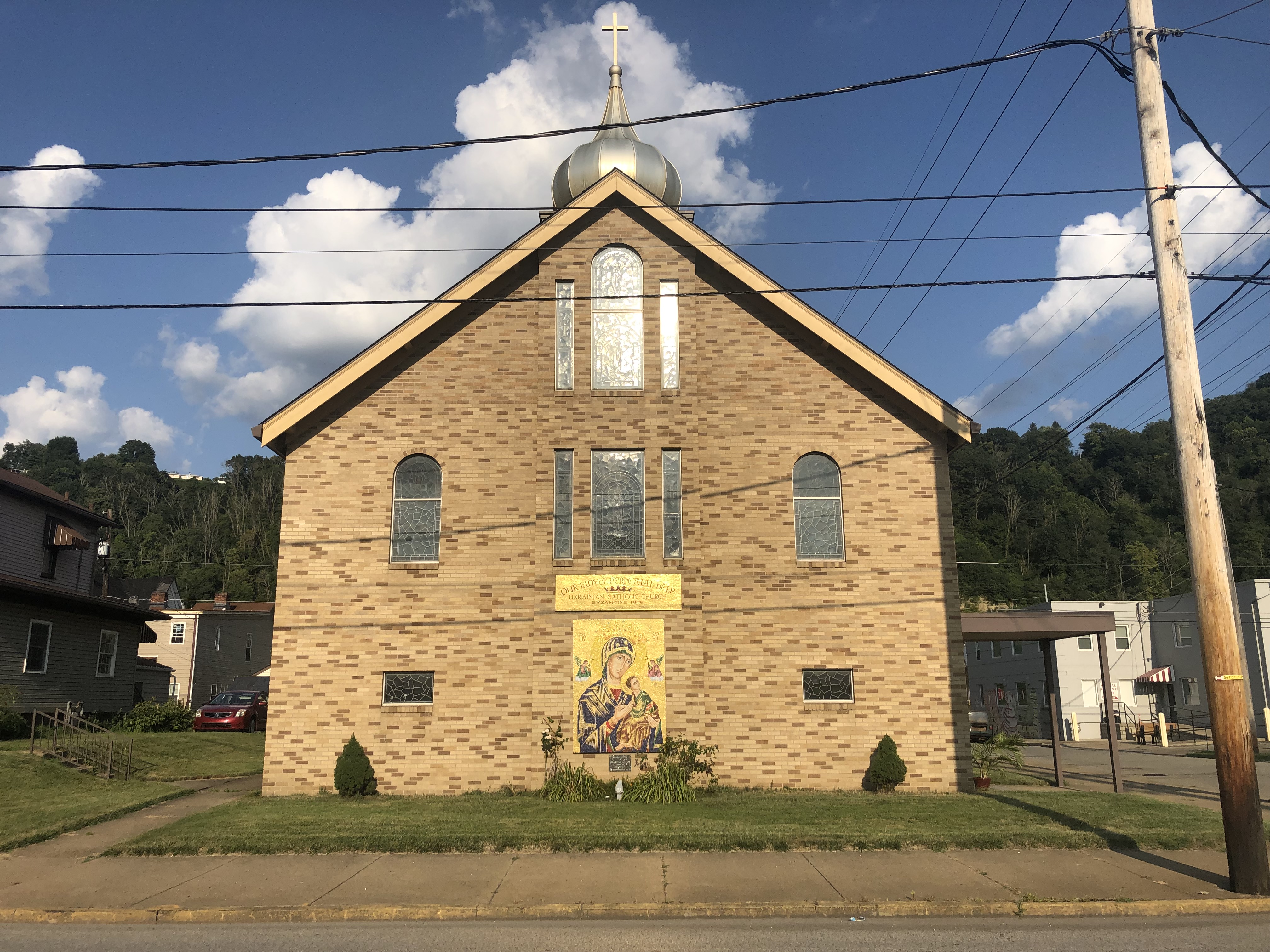
Whether a secular club or a church, the public sale of traditional foods is a key component of keeping coffers full and heritage alive for many of the ethnically-based organizations of the Valley.
“We just finished making 3,000 pounds of sausage for the Italian Festival,” Dossie said. “And the thing about our sausage, it’s all homemade. It’s all from the old recipes. We make the sausage, cut the sausage, season the sausage, grind the sausage, stuff the sausage, and cook the sausage. We also make and sell sausage for Thanksgiving, Christmas and Easter as a fundraiser.”
Regardless of ethnic heritage, the depopulation of once-dense towns and neighborhoods has led to a decline in local membership for nearly all of the ethnic clubs of the Ohio Valley. The closure of St. Ladislaus’ parish school and eventually the church itself led to a decline in South Wheeling’s Polish population as early as the 1960s, while the loss of the industrial base decimated the neighborhood in general. The same is true across the valley; once a town of over 15,000, the U.S. Census Bureau estimates Bellaire to now contain just over 4,000 people.
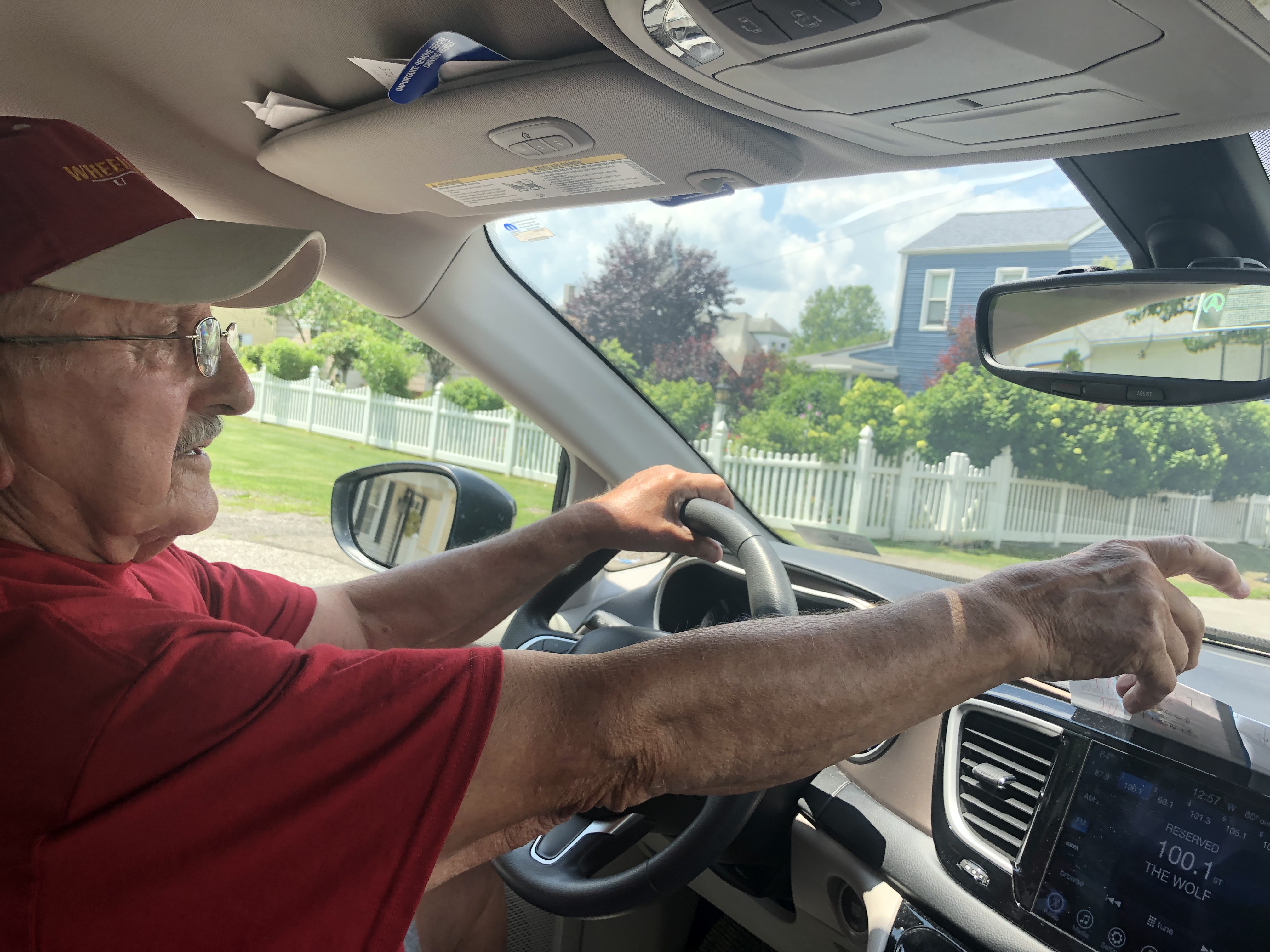
Demographic decline notwithstanding, clubs such as the P.A.P. and Sons of Italy tap into their wide expatalachian community to maintain ties and keep membership stable.
“We have around 500 members, and that makes us the second largest Sons of Italy lodge in the entire state of Ohio,” Dossie Said. “We have a lot of out of towners too, folks in Michigan, California, Florida. They’re mostly people from the Bellaire area who moved out, but they still send us their dues.”
While total numbers may be strong, the Valley’s ethnic clubs are still heavily concentrated with members of the postwar generation. This is reflected in their memorial ceremonies, both for the members who served during World War Two and the increasingly large number of members who pass away each year.
The Polish-American War Memorial sits peacefully in the shadow of the old St. Ladislaus Church, which was closed by the Diocese of Wheeling-Charleston in 1995. Cast in bronze, the memorial lists the names of the over 300 parishioners who served in the Armed Forces during World War Two and the Korean War. Gorczyca continues to maintain the memorial, known locally as the “grotto,” which includes the names of five of his brothers.
“We continue honoring our service members at the grotto,” Gorzcyca said. “We put out over 100 pictures of World War Two veterans on Memorial Day and do a service over there. We light a special candle for the twelve who didn’t come home from World War Two, and the one who was killed in Korea.”
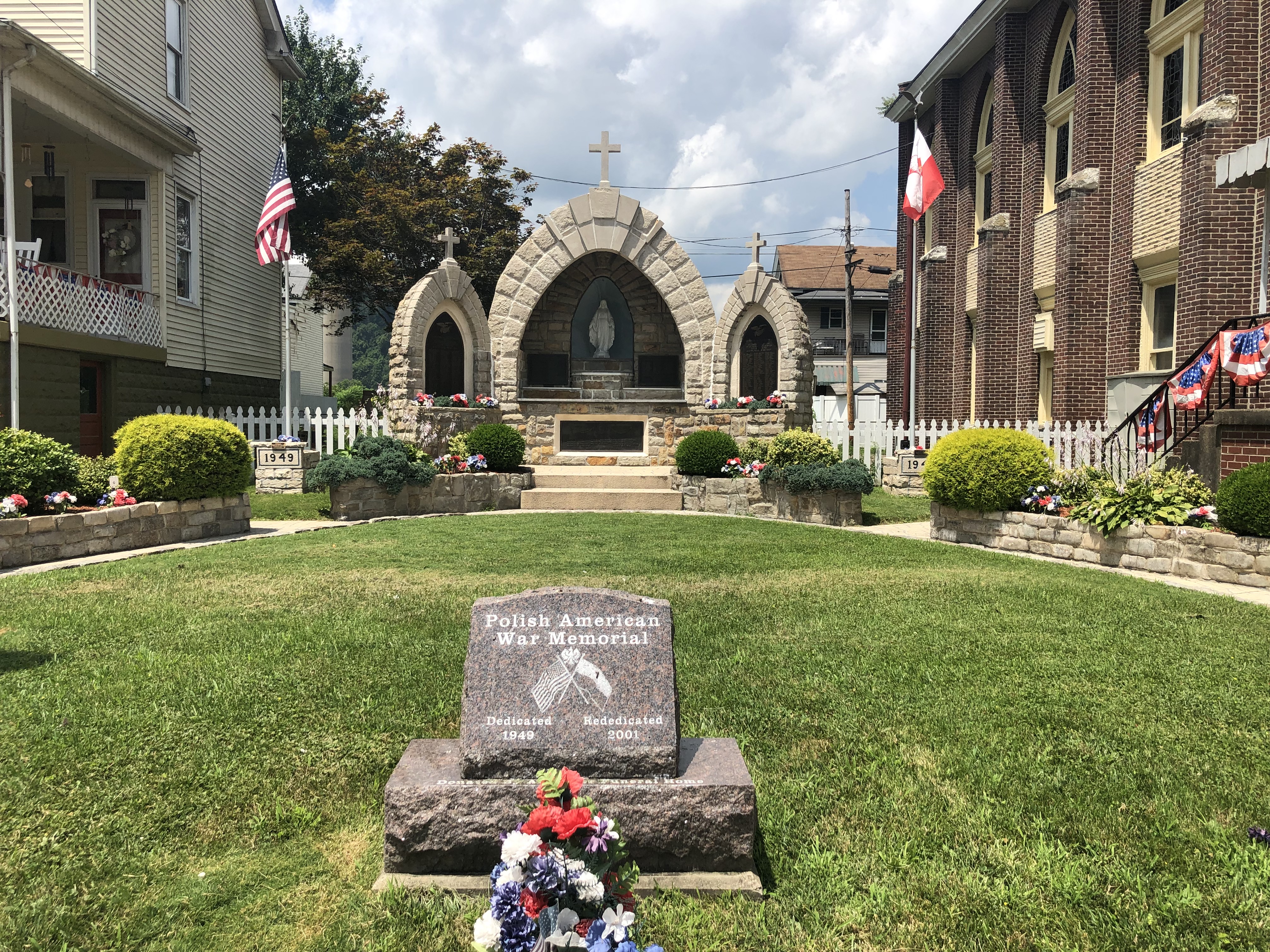
Just downriver in Bellaire, the Sons of Italy perform special ceremonies at funerals of the members whose families request it, placing the Order’s official flower – the Purple Aster – on the coffin. In addition, the lodge holds an annual ritual service for their members who passed away in the past year.
“We announce all of our deceased members,” Dossie said. “We say the name, and then a voice from the back says, ‘absent’. It’s a very moving ceremony.
Despite the challenges facing these ethnic clubs, those that still remain look to continue to do so for generations to come. After allowing women to join the club, the P.A.P. saw membership jump to over 500, approximately the size of the Sons of Italy. In the increasingly small river towns of the Valley, such numbers are significant.
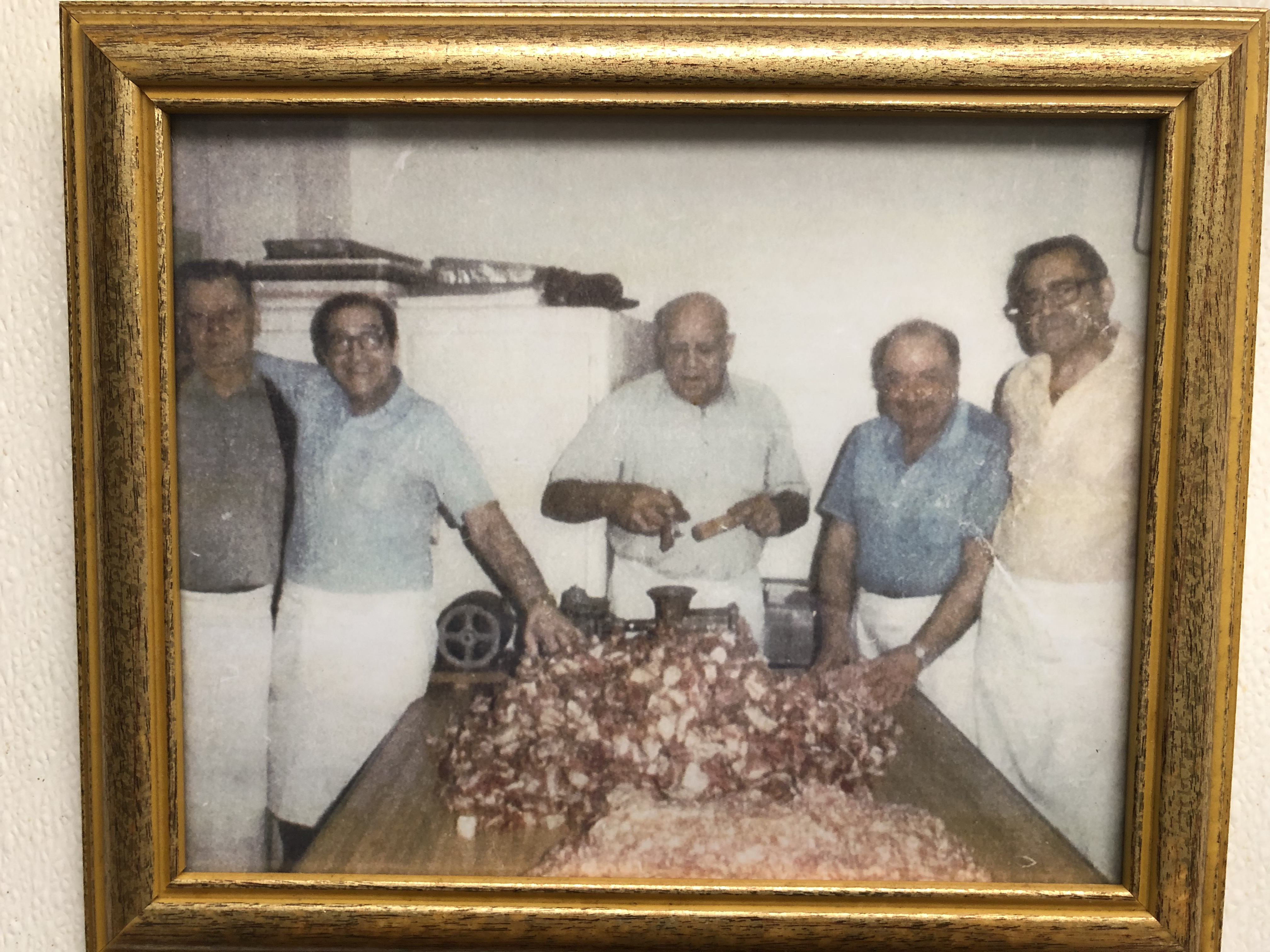
While these clubs may offer camaraderie and cuisine, preserving the culture of their forefathers remains front and center.
“We are trying to keep these traditions alive,” said Dossie, heaping another pot of sauce onto the stove. “The traditions our grandfathers and great-grandfathers took part in a long time ago…but maybe with a bit of improvement, to keep up with the times.”
If the taste of their sauce is any indication, they are living up to that challenge.
Nick Musgrave first became fascinated with West Virginia’s history while growing up in Parkersburg. He continues to read, research and write on the Mountain State’s past from its birthplace in Wheeling. For more neat history and some political snark, follow him on Twitter: @NickMusgraveWV.

